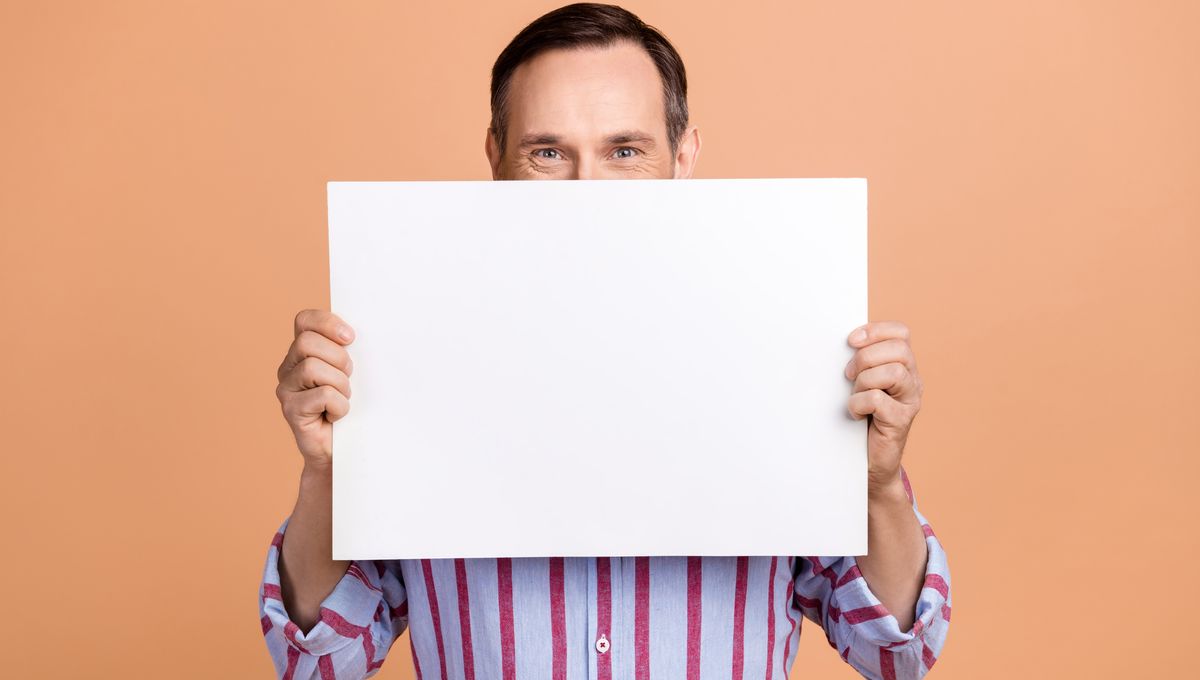
Sometimes, physicists spend their time solving the great universal mysteries like “where is all the dark matter?” or “how do we know we’re not living in a simulation?” Other times, they look at the important stuff – like why paper cuts happen, and how we can avoid the damn things.
“Paper has been central to human culture for more than a millennium,” begins a new study, correctly, recently accepted for publication in the journal Physical Review E. “Its use is, however, associated with a common injury: the paper cut.”
And considering it’s a wound that most of us have suffered probably dozens, if not hundreds, of times in our lives, you might expect us to understand the paper cut pretty well by now. But in fact, the study points out, “the physics underpinning a flexible sheet of paper slicing into soft tissues remains unresolved.”
Not only do we not really know how paper cuts happen – after all, shouldn’t our skin be more sturdy than a micrometers-thick piece of pulped cellulose? – but they seem to occur almost randomly. What sets that envelope apart from this piece of tissue paper? Why do I always seem to cut myself on magazines, but not wrapping paper?
To solve both these questions, a team from the Technical University of Denmark set up an experiment delightfully Mythbusters in design: they collected a variety of different types of paper and tested each one’s slicing ability on a slab of ballistics gelatin – a material specifically designed to mimic human and animal muscle tissue, and the same stuff used in all those cool slo-mo videos you’ve seen. And yes, it’s not as good as the real deal, but, as study co-author Kaare Jensen pointed out to Science News, “it’s hard to find volunteers” for paper cut studies.
So, what did they discover? Well, it turns out that a paper cut is the result of a delicate balance between slicing and buckling. Choose too thin a sheet of paper, and it will buckle against the skin before it slices through; a sheet that is too thick, on the other hand, won’t be able to create enough pressure to cut.
Now, we know what you’re thinking: what’s the most dangerous type of paper? Don’t worry: the team pinpointed a thickness of around 65 micrometers to be the best – or worst, we suppose – for paper cuts. The angle of attack also made a difference: paper that met the skin straight-on was less slicey than sheets that came at an angle.
In practical terms, that means we should avoid dot matrix paper, the team explained – which, fortunately, is pretty easy – it’s the kind of paper old-timey printers used to use, and not all that common today. Coming in a close second was paper from various magazine pages, which, let’s face it, is probably not too surprising to anybody who regularly reads magazines.
And so, having discovered the most deadly types of paper, and how best to wield it to cause harm, the team did the obvious next step. Like any good Bond villain, they created a weapon – with a punny name.
Admittedly, it’s only really a weapon if you’re a salad vegetable, but the 3D-printed “Papermachete” is able to cut through cucumbers, peppers, and even chicken. It uses as its blade a single sheet of printer paper – so next time someone tells you to stop being a baby over your paper cut, you can remind them it’s basically like being cut with a carving knife. Physics says so.
The study is accepted for publication in the journal Physical Review E.
Source Link: We Finally Know Which Paper Is Worst For Paper Cuts